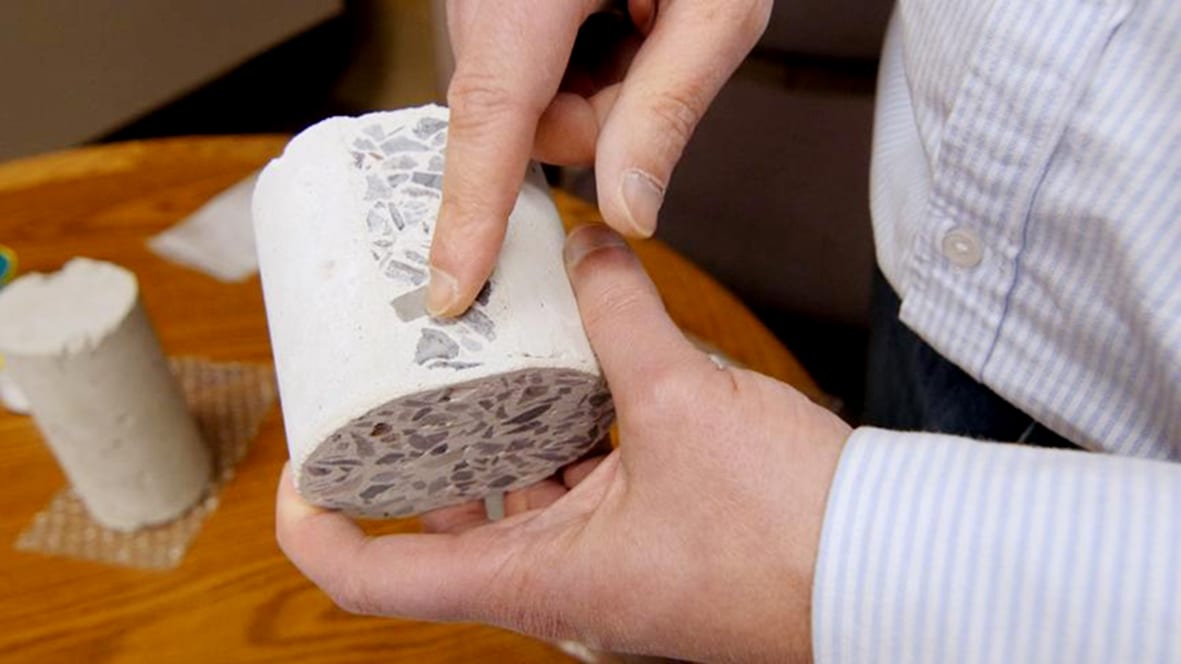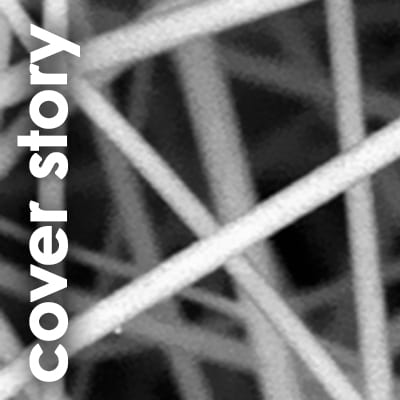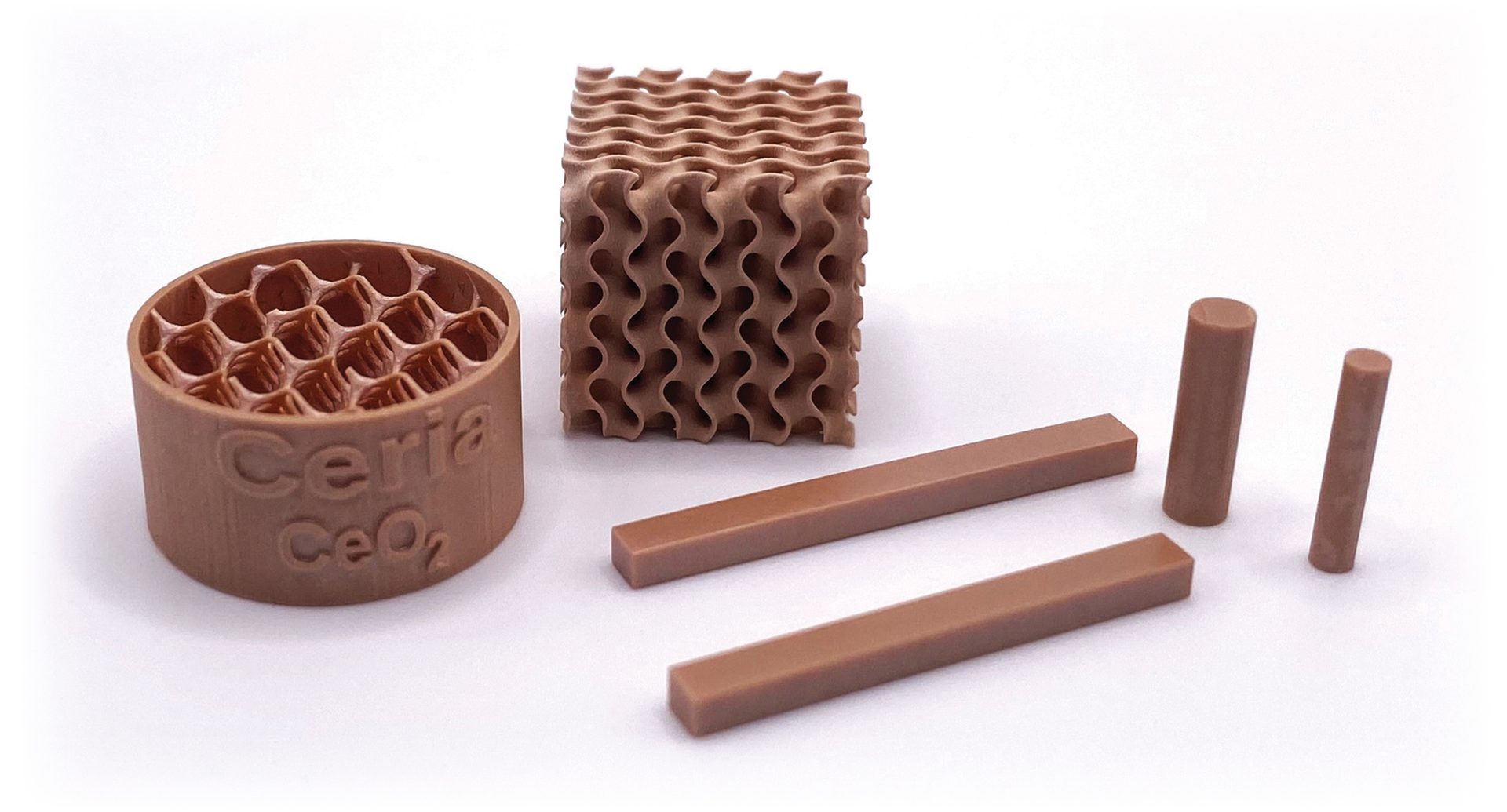
December 2024 • Vol. 103, No. 9
feature articles
Electrospinning for biomaterial applications
After a slow rise to fame, the nanomanufacturing technique of electrospinning is gaining steam. The development of a high-throughput electrospinning setup at The Ohio State University opens the door to widespread use of this technique.
by Tessa Gilmore and Pelagia-Irene Gouma
A study of lithography-based additive manufacturing of ceria ceramics
Advances in additive manufacturing have led to a range of techniques to produce ceramics with complex geometries. This case study investigates the printability of ceria with a range of densities and microstructures using the Lithoz CeraFab 8500 system.
by Ryan Fordham, S. K. Sundaram, Shawn M. Allan, and Nicholas Voellm
Richard Adolf Zsigmondy: Nobel laureate and pioneer in optical glasses
Austrian chemist Richard A. Zsigmondy was known for his work in colloid chemistry, but his research inspired advancements in optical glasses as well.
by Maziar Montazerian, John C. Mauro, and Andréa S.S. de Camargo
C&GM
Paths to commercialization: Bridging the gap between research and market
The process of commercialization can transform scientific discoveries into new products and services. This article explores several pathways to achieve a successful transition from laboratory to market.
by David Holthaus


columns
Affirmation of The Age of Glass
Medical ultrasound applications of piezoceramics and recent trends • by Ender Suvacı and Servet Kızılırmak
Markets for advanced wound management technologies • by BCC Publishing Staff
Dissolution dynamics: Understanding fast-dissolving glasses for biomedical use • by Jessica Sly
meetings
Calendar & upcoming dates:
ICACC 2025, EMA 2025, PACRIM16 with GOMD 2025, and ACerS Annual Meeting at MS&T25
cover image
A chalcogenide glass billet, resting on the stand in the bottom left, is opaque under visible light but is transparent when viewed in the infrared, as shown on the screen in the top right. Credit: J. David Musgraves



